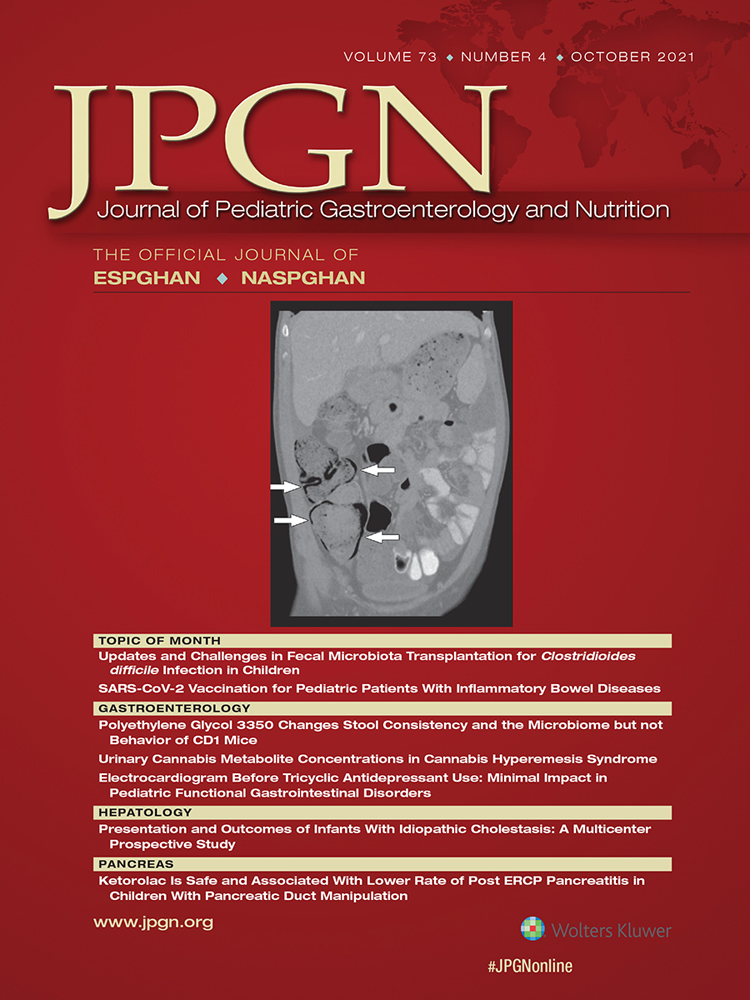Institutional Variation in Gastrostomy Tube Placement After Duodenal Atresia Repair in Children With Trisomy 21
The authors report no conflicts of interest.
Author Contributions: Nathan Maassel: Collected the data, analyzed the data, wrote the manuscript; Mary Elizabeth Guerra: Analyzed the data, wrote and edited the manuscript; Daniel Solomon: Conceived and designed the analysis, contributed data or analysis tools, edited the manuscript; David Stitelman: Conceived and designed the analysis, edited the manuscript.
ABSTRACT
Objectives:
To compare institutional practice patterns for gastrostomy tube placement in neonates with duodenal atresia (DA) and trisomy 21.
Methods:
A retrospective review of the Pediatric Health Information System (PHIS) from 2015 to 2018 identified infants <10 days old with ICD-10 diagnostic codes for DA and trisomy 21, in addition to procedure codes for an intestinal bypass or duodenoduodenostomy. This cohort was then queried for gastrostomy tube procedure codes and diagnostic codes for associated co-morbidities.
Results:
Two hundred and nine infants were identified with DA, trisomy 21, and an intestinal bypass. Fifty-seven (27%) underwent gastrostomy placement. Baseline characteristics of those with and without gastrostomy tubes were similar. Patients from 16 hospitals that placed no gastrostomy tubes (No-G-tube-Hospitals) were compared to children from 30 hospitals that placed at least one gastrostomy tube (G-tube-Hospitals). Open atresia repairs occurred more frequently at G-tube-Hospitals, but patients were otherwise similar. There was no difference in readmission at 12 months for gastrostomy placement between children from No-G-tube-Hospitals and those from G-tube-Hospitals that did not undergo gastrostomy during their index admission.
Conclusions:
One-third of institutions in this study did not place gastrostomy tubes during index admissions for neonates with trisomy 21 and DA, yet this did not negatively impact the length of stay or incidence of subsequent gastrostomy placement as a result. Future research is needed to determine factors that predispose patients to failure without gastrostomy, as well as best practices for post-operative management in these patients to reduce unnecessary tube placement.




